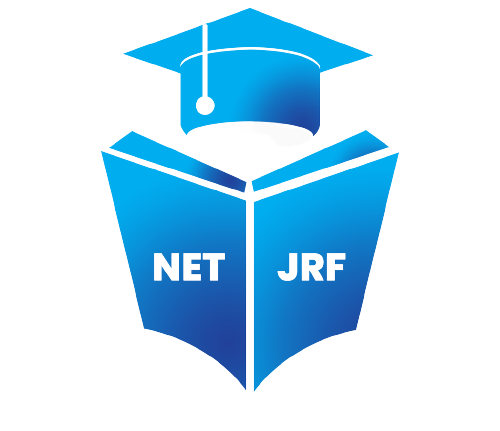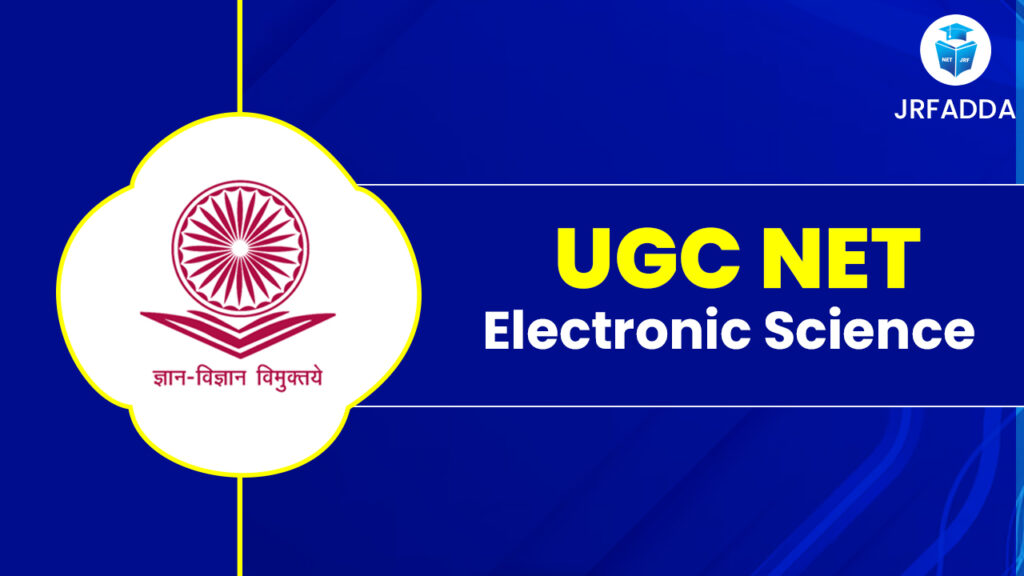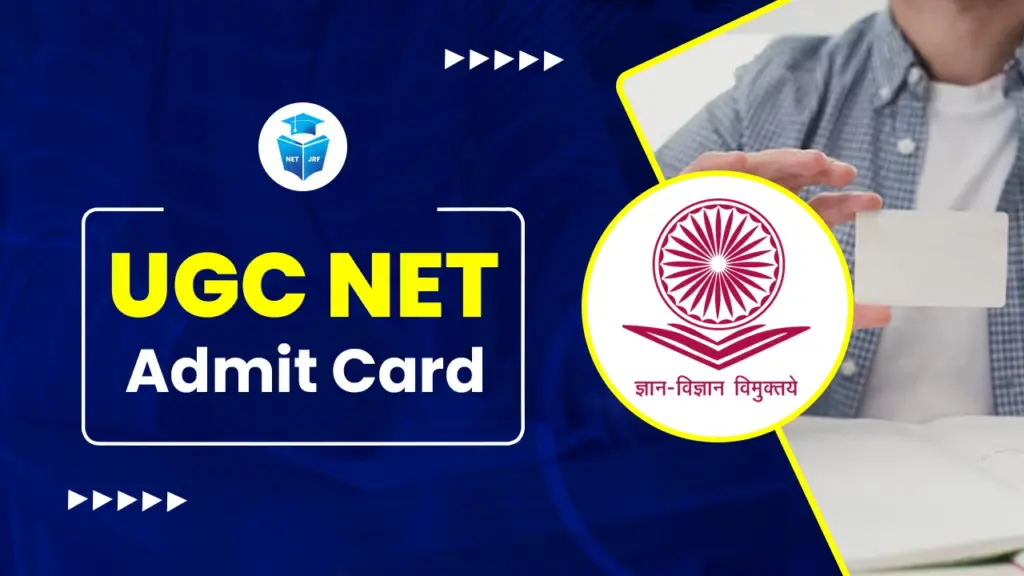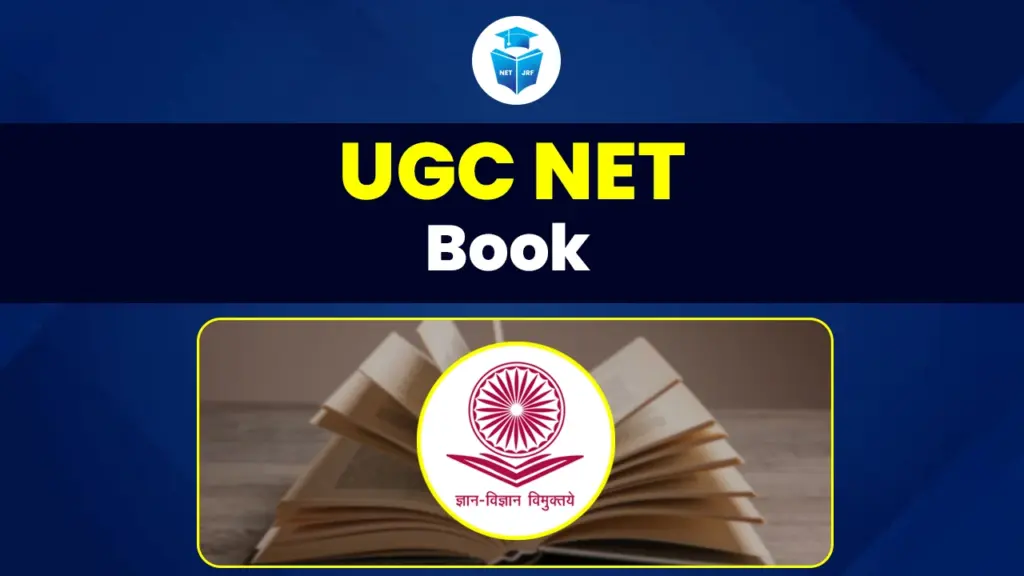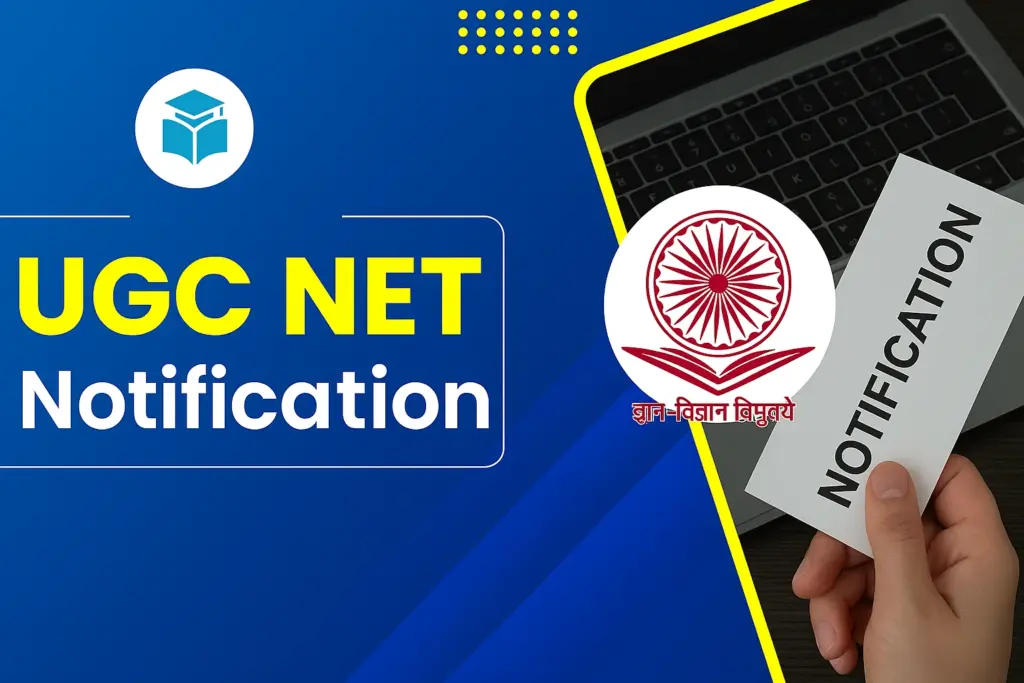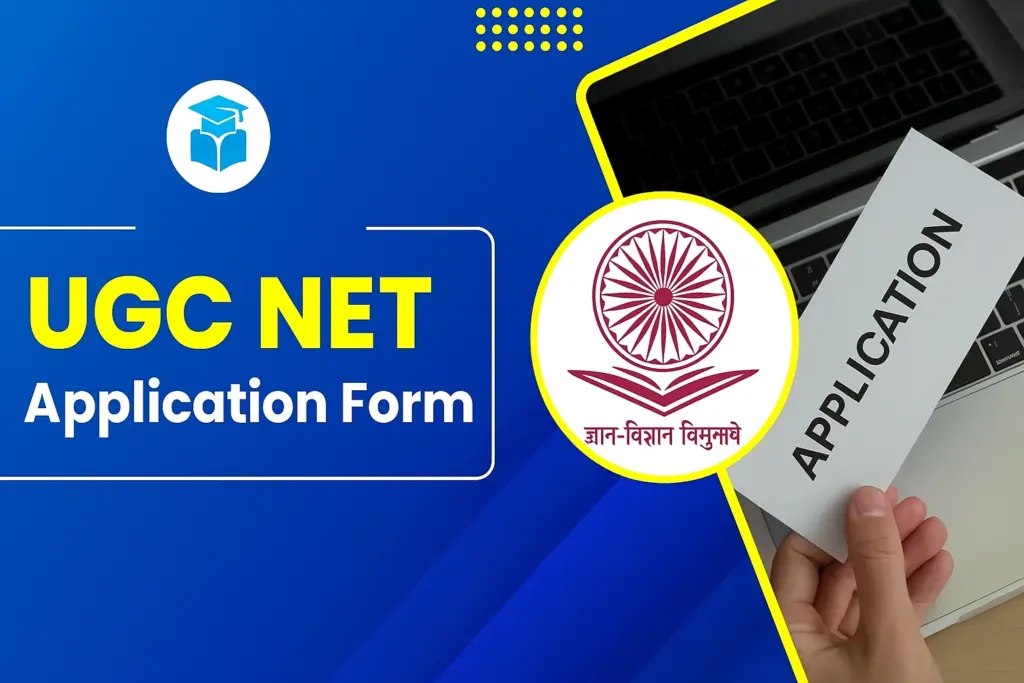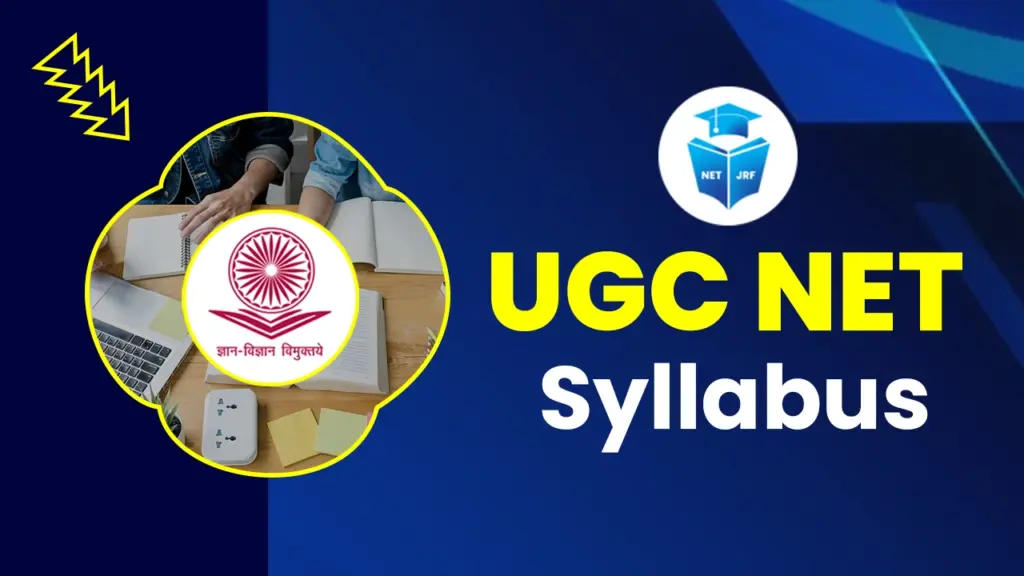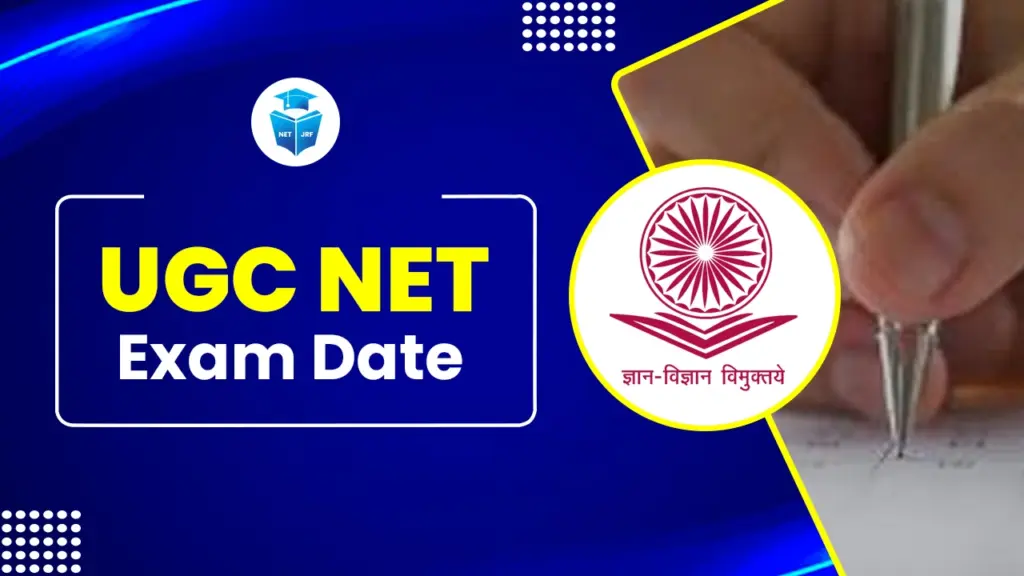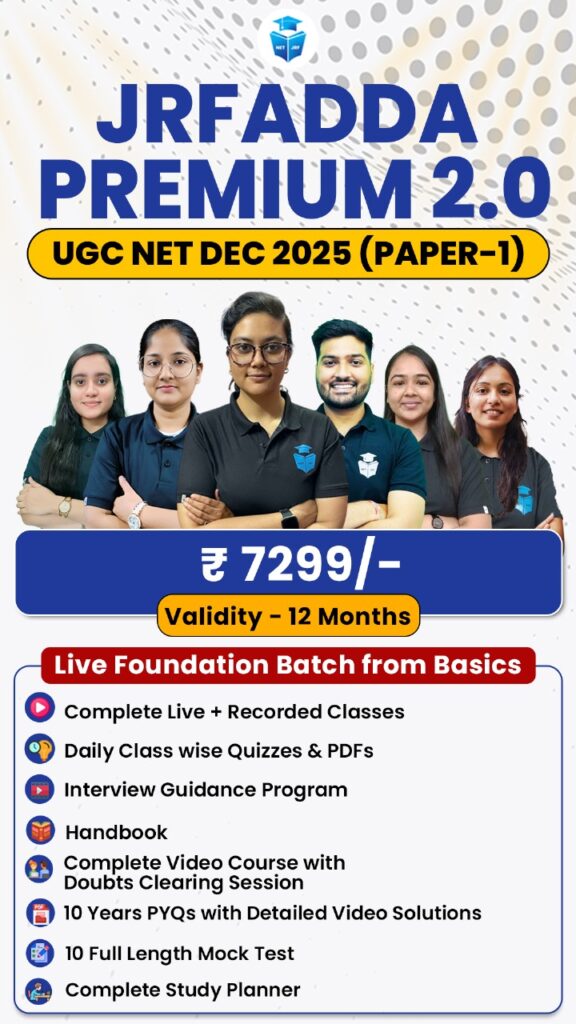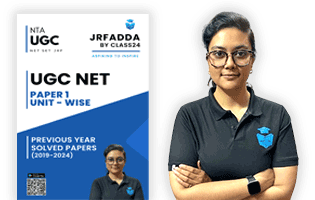The UGC NET Electronic Science 2025 examination, conducted by the National Testing Agency (NTA), aims to determine the eligibility of candidates for Assistant Professor and Junior Research Fellowship (JRF) roles in Indian colleges and universities. The June 2025 session began on June 25, 2025, with Paper 2 for Electronic Science scheduled in Shift 2 (3 PM – 6 PM).
In this article, we provide a detailed analysis of the UGC NET Electronic Science 2025 2nd Shift exam held today, including the overall difficulty level, section-wise review, good attempts, and expected cutoff.
Also Read: UGC NET Eligibility 2025
UGC NET Electronic Science 2025 Exam Analysis
The UGC NET Electronic Science 2025 – Shift 2 was successfully conducted on June 25, from 3:00 PM to 6:00 PM, covering both Paper 1 (General Aptitude) and Paper 2 (Electronic Science). According to initial feedback from candidates and expert reviews, the overall difficulty level of the exam ranged from moderate to slightly difficult, with questions fairly distributed across conceptual understanding and practical application.
Paper 1 was of moderate difficulty and focused on essential topics such as Teaching and Research Aptitude, Logical Reasoning, and Information and Communication Technology (ICT). The section tested the candidates’ analytical and reasoning abilities along with foundational pedagogical knowledge.
Paper 2, which evaluated subject-specific knowledge in Electronic Science, was considered moderate to tough. It included a mix of theoretical and problem-solving questions from crucial areas such as Analog Electronics, Communication Systems, Microcontrollers, Electromagnetic Theory, and Control Systems. Many students found this section to be challenging, particularly due to the depth of concepts required and the presence of numerically intensive problems. Overall, the exam required a strong grasp of core subjects and a strategic approach to time management.
What is UGC NET Electronic Science 2025?
UGC NET Electronic Science 2025 is a national-level examination conducted by the National Testing Agency (NTA) to assess the eligibility of candidates for the roles of Assistant Professor and for the award of Junior Research Fellowship (JRF) in the field of Electronic Science. This examination is a crucial step for postgraduate students aspiring to build a career in academia, research, and related professional domains in India. Qualifying for UGC NET in Electronic Science opens up numerous opportunities in universities, colleges, and research institutions across the country.
Also Read: UGC NET Application Form 2025
UGC NET Electronic Science Eligibility Criteria 2025
UGC NET Electronic Science 2025 determines eligibility for the posts of Assistant Professor and Junior Research Fellowship (JRF) in Indian colleges and universities. For this examination, candidates have to fulfill certain educational qualifications, age criteria, and other requirements as mentioned below.
UGC NET Electronic Science Educational Qualification 2025
- General Category: The candidates should have obtained a minimum of 55% marks (without rounding off) in Master’s degree or equivalent examination from a UGC-recognized university/institution.
- Reserved Categories (SC/ST/OBC-NCL/PwD/Third Gender): 5% relaxation is given, and candidates should have a minimum of 50% marks in Master’s degree or equivalent examination.
- Final Year Students: Final year students of Master’s degrees or those whose results are pending are also eligible to apply. But they should complete their Master’s degree within two years from the date of the NET result.
UGC NET Electronic Science Age Limit 2025
- Junior Research Fellowship (JRF): The upper age limit for applying to the Junior Research Fellowship (JRF) in UGC NET Electronic Science 2025 is 30 years as of June 1, 2025. However, a relaxation of 5 years is applicable to candidates belonging to OBC-NCL, SC, ST, PwD, and third gender categories. Additionally, candidates holding an L.L.M. degree or possessing research experience are eligible for a 3-year relaxation in the age limit.
- Assistant Professor: No maximum age limit is prescribed for applicants for the position of Assistant Professor.
Nationality
- Indian Nationals: All Indian nationals who fulfill the educational requirements are eligible to apply.
- Foreign Nationals: Foreign nationals who are not Indian nationals are also eligible to apply, subject to the fulfillment of the educational requirements laid down by the NTA.
Also Read: UGC NET Exam 2025
UGC NET Electronic Science Exam Pattern 2025
The UGC NET Electronic Science 2025 exam, which is carried out by the National Testing Agency (NTA), is a critical test for those who are aiming to secure the positions of Assistant Professor and Junior Research Fellowship (JRF) in universities and colleges in India. Knowing the exam pattern is important to prepare accordingly.
| Section | Details |
| Mode of Examination | Computer-Based Test (CBT) |
| Duration | 3 hours (combined for both papers) |
| Total Questions | 150 (50 in Paper 1 and 100 in Paper 2) |
| Total Marks | 300 (100 in Paper 1 and 200 in Paper 2) |
| Marking Scheme | +2 marks for each correct answer; no negative marking |
| Language | English and Hindi |
Also Read: UGC NET Exam Pattern 2025
UGC NET Electronic Science Marking Scheme 2025
The UGC NET Electronic Science Marking Scheme 2025 is based on a simple method that focuses on precision while being fair in the assessment process. Here’s the breakdown:
| Section | Details |
| Paper 1: General Aptitude | |
| Total Questions | 50 |
| Marks | 100 |
| Duration | 1 hour |
| Type of Questions | Multiple Choice Questions (MCQs) |
| Content Areas | Teaching Aptitude, Research Aptitude, Logical Reasoning, Reading Comprehension, Data Interpretation, ICT, People and Environment, Higher Education System |
| Paper 2: Electronic Science | |
| Total Questions | 100 |
| Marks | 200 |
| Duration | 2 hours |
| Type of Questions | Multiple Choice Questions (MCQs) |
| Content Areas | Electronic Devices and Circuits, Analog and Digital Electronics, Microprocessors and Microcontrollers, Communication Systems, Electromagnetic Theory and other important areas |
| Important Highlights | No negative marking; both Paper 1 and Paper 2 are compulsory, CBT |
UGC NET Electronic Science Minimum Qualifying Marks 2025
The UGC NET Electronic Science 2025 exam requires candidates to secure minimum qualifying marks in both Paper 1 and Paper 2 to be considered eligible. These cutoff marks vary by category, with different criteria set for General, OBC-NCL, SC, ST, PwD, and Third Gender
candidates.
| Category | Minimum Qualifying Marks |
| General (Unreserved) | 40% aggregate in both papers |
| OBC (NCL), SC, ST, PwD, Transgender | 35% aggregate in both papers |
Also Read: UGC NET Cut Off 2025
UGC NET Electronic Science Syllabus 2025
The UGC NET Electronic Science Syllabus 2025 follows the revised structure introduced in June 2019. The syllabus is divided into 10 comprehensive units, each covering key areas of Electronic Science. It is designed to assess candidates’ understanding of core theoretical concepts as well as their practical applications in the field. This structured approach ensures a balanced evaluation of knowledge in electronics, communication systems, instrumentation, and related technologies.
UGC NET Electronic Science Syllabus 2025: Unit-wise Breakdown
| Unit No. | Topic | Subtopics |
| Unit 1 | Materials and Components | Conductors, semiconductors, and insulators
Magnetic, ferroelectric, piezoelectric, and superconducting materials Passive components: Resistors, capacitors, inductors Display devices: LED, LCD, OLED IC packaging, soldering and bonding Nanomaterials and MEMS |
| Unit 2 | Physical Electronics, Electron Devices, and ICs | Energy bands in solids, intrinsic and extrinsic semiconductors
Carrier transport, diffusion, mobility, and conductivity p-n junction, Zener diode, BJT, FET, MOSFET UJT, SCR, DIAC, TRIAC LEDs, photodiodes, solar cells IC technology: Fabrication, CMOS, BiCMOS |
| Unit 3 | Network Analysis, Electromagnetic Theory, and Transmission Lines | Circuit laws, mesh and nodal analysis
Network theorems (Thevenin, Norton, etc.) Resonance, filters, two-port networks Maxwell’s equations, Poynting vector Plane wave propagation, waveguides Transmission lines: Characteristics, impedance matching |
| Unit 4 | Electronic Measurements and Instrumentation | Measurement basics: Accuracy, precision, errors
Transducers: Strain gauge, LVDT, thermocouples Oscilloscopes, signal generators, spectrum analyzers Digital voltmeters, multimeters, bridges Data acquisition systems, A/D and D/A converters |
| Unit 5 | Analog Electronic Circuits | Biasing, small signal analysis
Amplifiers: RC coupled, feedback, differential, OP-AMP Oscillators: RC, LC, crystal Operational amplifiers: Applications and configurations Voltage regulators, power amplifiers |
| Unit 6 | Digital Electronic Circuits | Number systems, Boolean algebra, logic gates
Combinational circuits: Multiplexers, demultiplexers, encoders, decoders Sequential circuits: Flip-flops, counters, shift registers Memory types: RAM, ROM, EEPROM PLDs, CPLDs, FPGAs |
| Unit 7 | Microprocessor and Microcontroller | Architecture of 8085, 8086, and 8051
Addressing modes, instruction sets Interfacing: Memory, I/O devices, ADC/DAC Interrupts and DMA Assembly language programming Embedded systems and applications |
| Unit 8 | Communication Systems | Analog communication: AM, FM, modulation techniques
Digital communication: PCM, ASK, FSK, PSK Multiplexing: TDM, FDM, CDMA Error detection and correction Satellite and optical communication Wireless technologies: GSM, 3G/4G, Bluetooth |
| Unit 9 | Electromagnetics, Antennas, and Wave Propagation | EM wave propagation in various media
Antenna types and parameters Radiation pattern, gain, efficiency, bandwidth Ground wave, sky wave, space wave propagation Radar and microwave communication |
| Unit 10 | Control Systems | Open and closed-loop systems
Transfer function, block diagram reduction Time and frequency domain analysis Stability criteria: Routh-Hurwitz, Nyquist, Bode plots PID controllers State-space analysis |
Also Read: UGC NET Syllabus 2025
UGC NET Electronic Science 2025 Syllabus PDF Download
You may download the official UGC NET Electronic Science 2025 Syllabus PDF from the National Testing Agency (NTA) website and below here. The syllabus contains in-depth topics for Paper 1 (General) and Paper 2 (Electronic Science).
| Language | Download Link |
| English | Download UGC NET Electronic Science Syllabus 2025 (English) |
Download UGC NET Full Official Syllabus PDF
UGC NET Electronic Science Preparation Tips 2025
Below are the preparation tips for UGC NET Electronic Science 2025:
- Understand the Syllabus: Begin by thoroughly reviewing both Paper 1 (General Aptitude) and Paper 2 (Electronic Science) to understand the scope of the exam.
- Organize Your Study Plan: Break down the syllabus into manageable units and allocate dedicated time for each topic. Set realistic daily and weekly goals.
- Refer to Standard Textbooks: Use well-recognized books by authors such as K.K. Sharma, M. Arshad, and others that cover core concepts in Electronic Science comprehensively.
- Solve Previous Year Papers: Regularly practice with past question papers to become familiar with the exam pattern, difficulty level, and to improve time management skills.
- Take Mock Tests: Attempt full-length mock tests periodically to evaluate your preparation, build exam stamina, and identify weak areas.
- Stay Updated: Keep yourself informed about recent advancements and trends in electronics, semiconductors, communication systems, and related technologies.
- Revise Regularly: Make revision a consistent part of your routine to reinforce concepts and retain important information for the long term.
Also Read: UGC NET Result 2025
UGC NET Electronic Science Question Papers 2024
The UGC NET Electronic Science 2024 question paper provides valuable insights into the exam pattern, difficulty level, and the types of questions typically asked. Practicing these papers is crucial for effective preparation, improving time management, and identifying important topics frequently covered in the exam. You can download the question paper PDFs along with their answer keys from the table below to enhance your exam readiness.
| Exam Name | Shift | Paper | Download Link |
| UGC NET June 2024 | Shift 2 | Paper 2 | Download PDF |
UGC NET Electronic Science Previous Year Question Papers
Referring to UGC NET Electronic Science Previous Year Question Papers is essential to understand the exam pattern, question types, and overall difficulty level. Regular practice with these papers can significantly enhance your preparation strategy and improve your time management skills during the exam.
| Exam Name | Year | Download PDF |
| UGC NET Electronic Science | 2023 | Download Link |
| UGC NET Electronic Science | 2022 | Download Link |
| UGC NET Electronic Science | 2021 | Download Link |
| UGC NET Electronic Science | 2020 | Download Link |
| UGC NET Electronic Science | 2018 | Download Link |
Career Scope After Qualifying UGC NET Electronic Science
Eligibility for the UGC NET Electronic Science provides scope for a variety of career options in academics, research, and corporate. Below are some career scope ideas mentioned:
- Assistant Professor:
Eligible to apply for faculty positions in colleges and universities across India in Electronic Science and related subjects. - Junior Research Fellowship (JRF):
Pursue funded Ph.D. research with a monthly stipend and grants from UGC. - Ph.D. Admission:
NET qualification enhances chances for admission into top institutes for doctoral studies. - Post-Doctoral Research:
Opportunity to engage in advanced research in India or abroad post-Ph.D. - Government Jobs:
Eligible for roles in public sector units, research labs, and policy-making bodies.
Also Read: UGC NET Admit Card 2025
Conclusion
The UGC NET Electronic Science 2025 examination serves as a pivotal gateway for candidates aspiring to establish a career in academia, research, or government and industry roles. With the June 2025 session officially underway and Shift 2 concluded successfully, aspirants have now gained a clearer understanding of the exam’s structure, subject focus, and difficulty level.
For those aiming to qualify for the Junior Research Fellowship (JRF) or the Assistant Professor position, thorough preparation, consistent revision, and familiarity with both Paper 1 and Paper 2 are essential. Leveraging tools like previous year papers, syllabus-based study plans, and mock tests can significantly boost performance.
UGC NET Electronic Science 2025 FAQs
What is UGC NET Electronic Science 2025 eligibility?
The eligibility is having a Master's degree in Electronic Science or a closely related field with at least 55% marks (50% for reserved students). Final semester students are also eligible to apply.
Is UGC NET Electronic Science 2025 age restricted?
Yes, as far as Junior Research Fellowship (JRF) is concerned, the age bar is 30 years (relaxations available as per rule). But as far as the Assistant Professorship is concerned, there is no age restriction.
Is UGC NET compulsory for Ph.D. in Electronic Science?
Yes, passing UGC NET is either compulsory or highly desirable for admission to Ph.D. programs in most of the prestigious institutions in India.
What are the career prospects after passing UGC NET Electronic Science?
With a UGC NET qualification in Electronic Science, you can become an Assistant Professor, apply for JRF and pursue a Ph.D., work in government departments, join EdTech platforms, take up consulting roles, or contribute as a content developer in academic publishing.
Is there negative marking in the UGC NET Electronic Science exam?
No, there is no negative marking for wrong answers.
